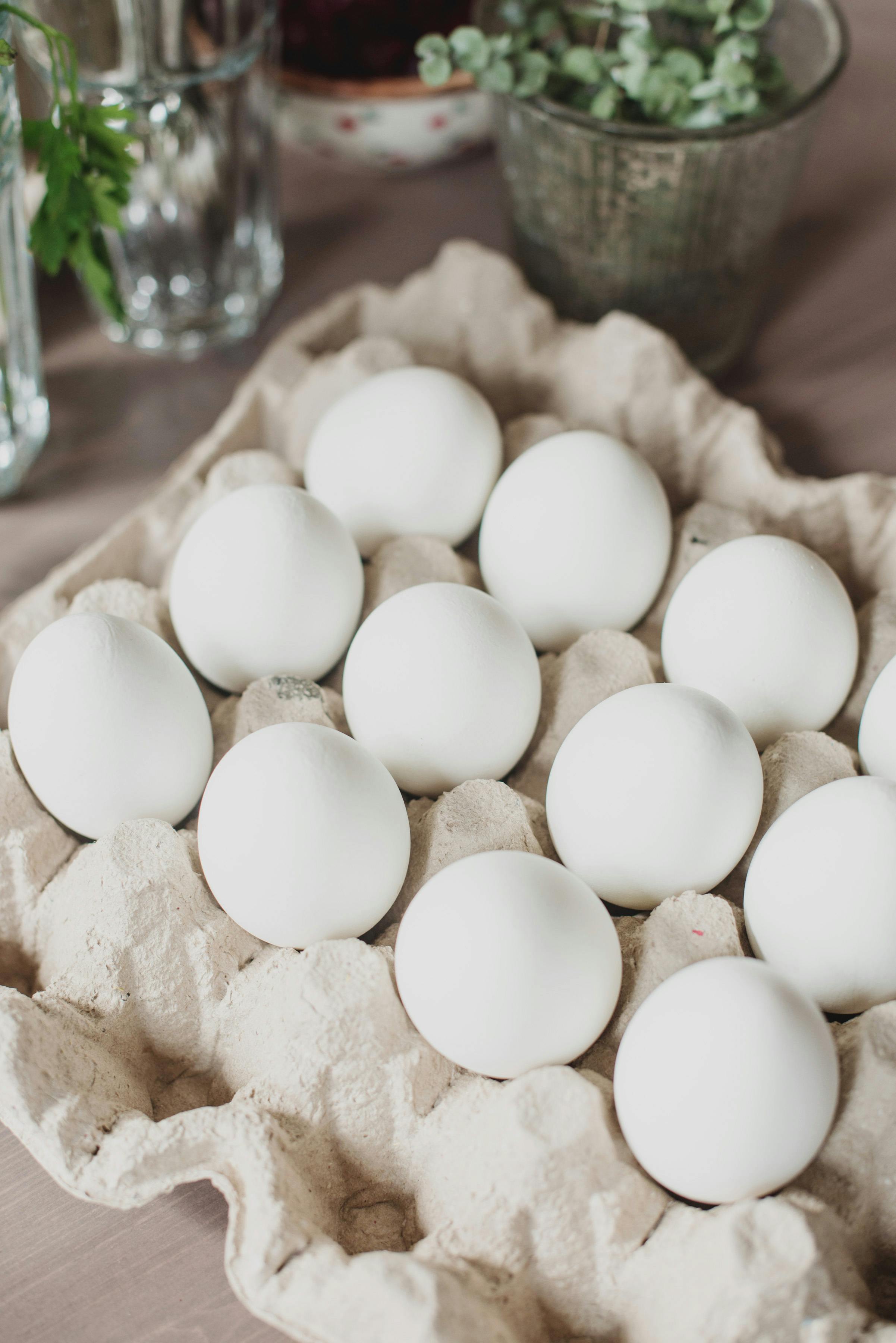For avid home cooks who came of age in the digital era, there may be few voices more authoritative than that of J. Kenji Lopez-Alt, the nerd king of Internet cooking.Lopez-Alt, 35, is the managing culinary director of the food website Serious Eats and the author of its most popular feature: the Food Lab, where he writes about food science with jokey, geeky effervescence, seeking answers to the seemingly quotidian questions that bubble up in the kitchen, like how best to boil eggs. Go to your browser, enter your search terms and the name Kenji, and you’ll have your answer.Since he began the column in 2009, Lopez-Alt, who studied biology and architecture at MIT and then worked in restaurant kitchens and in the Cook’s Illustrated test kitchen, has developed a following for those detailed answers and his recipes, which are tested exhaustively. If you’ve read his post on why you should add that egg to boiling water, rather than cold, you likely won’t feel the need to get a second opinion.
This month he leaps to print with the release of his first book, and it’s an enormous one: “The Food Lab: Better Home Cooking Through Science” (W.W. Norton, $49.95) is nearly 1,000 pages of recipes, instruction and explanation of why ingredients behave the way they do in the pan.His twin specialties are using the scientific method to figure out a better way to prepare a particular dish or ingredient, and telling you why it works. He is reliable, personable and unpretentious. He is also a gifted explainer, making difficult concepts easy to grasp for those of us with a lifelong lack of aptitude for the sciences.The dishes in the book tend toward American basics, like roast chicken, and oozy comfort food, including a glorious mash-up of Hasselback potatoes and a cheesy gratin, precision-engineered so that you can get both creamy sliced potato and crunchy singed edges in a single bite.The recipes are sophisticated in their grasp of how ingredients and techniques work, though not necessarily in their flavor combinations. He focuses on savory dishes, writing in the introduction that sweet dishes simply are not his thing. (His call to make, though it’s interesting to imagine what he might have done with desserts, considering that he is the creator of the famous Cook’s Illustrated recipe for pie crust with vodka in the dough.)Note that while Lopez-Alt often really does find a better way, it is rarely a simpler way. His all-American meatloaf calls for a long list of ingredients, like powdered gelatin, buttermilk and Marmite. (He explains that gelatin is added in lieu of veal, which has gelatin but doesn’t contribute much otherwise; buttermilk adds tang; Marmite boosts the meaty flavor.)You’re working in the kitchen for more than an hour before the meatloaf hits the oven, baked in an upside-down loaf pan that is removed about a half-hour through cooking to allow the maximum amount of surface area to brown. Whether you think the considerable extra effort is worth it for a superior meatloaf — and it is superior, a vividly flavored umami bomb — depends on how much you value meatloaf.The Food Lab column works brilliantly online, where users expect to find good answers to any question, nearly instantaneously. It also allows Lopez-Alt to engage with users, diving into the comments threads to keep geeking out. (And it’s not just the format that feels well suited to Web culture; the subject matter often does, too, particularly his affinity for kitchen hacks, like using a beer cooler for sous vide.)If you are seeking help on a specific topic, there is a kind of delight in finding his posts, in which he seems to have magically anticipated your needs. If you are a regular reader of Serious Eats, you are along for the ride as he chronicles his kitchen investigations.While “The Food Lab” book has a lot of new material in its pages, it feels like an accrual of the work that López-Alt has done so far and so well in discrete blog posts. The book is a strong addition to shelves — especially for cooks obsessed by the question “why” rather than those seeking inspiration in unfamiliar dishes — but it is López-Alt’s original, living body of work online that to many may seem like his even greater achievement. This is merely the big book to mark it.Cheesy Hasselback Potato GratinTime: About 2 hoursYield: 6 servingsIngredients:3 ounces finely grated Gruyere or comte cheese2 ounces finely grated Parmigiano-Reggiano2 cups heavy cream2 medium cloves garlic, minced1 tablespoon fresh thyme leaves, roughly choppedKosher salt and black pepper4 to 4 1/2 pounds russet potatoes, peeled and sliced 1/8-inch thick on a mandoline slicer (7 to 8 medium, see note at bottom)2 tablespoons unsalted butterPreparation:1. Adjust oven rack to middle position and heat oven to 400 degrees. Combine cheeses in a large bowl. Transfer 1/3 of cheese mixture to a separate bowl and set aside. Add cream, garlic and thyme to cheese mixture. Season generously with salt and pepper. Add potato slices and toss with your hands until every slice is coated with cream mixture, making sure to separate any slices that are sticking together to get the cream mixture in between them.2. Grease a 2-quart casserole dish with butter. Pick up a handful of potatoes, organizing them into a neat stack, and lay them in the casserole dish with their edges aligned vertically. Continue placing potatoes in the dish, working around the perimeter and into the center until all the potatoes have been added. The potatoes should be very tightly packed. If necessary, slice an additional potato, coat with cream mixture, and add to casserole. Pour the excess cream/cheese mixture evenly over the potatoes until the mixture comes halfway up the sides of the casserole. You may not need all the excess liquid.3. Cover dish tightly with foil and transfer to the oven. Bake for 30 minutes. Remove foil and continue baking until the top is pale golden brown, about 30 minutes longer. Carefully remove from oven, sprinkle with remaining cheese, and return to oven. Bake until deep golden brown and crisp on top, about 30 minutes longer. Remove from oven, let rest for a few minutes, and serve.Tip:Because of variation in the shape of potatoes, the amount of potato that will fit into a single casserole dish varies. Longer, thinner potatoes will fill a dish more than shorter, rounder potatoes. When purchasing potatoes, buy a few extra in order to fill the dish if necessary. Depending on exact shape and size of potatoes and casserole dish, you may not need all of the cream mixture.© 2015 The New York Times News Service
This month he leaps to print with the release of his first book, and it’s an enormous one: “The Food Lab: Better Home Cooking Through Science” (W.W. Norton, $49.95) is nearly 1,000 pages of recipes, instruction and explanation of why ingredients behave the way they do in the pan.His twin specialties are using the scientific method to figure out a better way to prepare a particular dish or ingredient, and telling you why it works. He is reliable, personable and unpretentious. He is also a gifted explainer, making difficult concepts easy to grasp for those of us with a lifelong lack of aptitude for the sciences.The dishes in the book tend toward American basics, like roast chicken, and oozy comfort food, including a glorious mash-up of Hasselback potatoes and a cheesy gratin, precision-engineered so that you can get both creamy sliced potato and crunchy singed edges in a single bite.The recipes are sophisticated in their grasp of how ingredients and techniques work, though not necessarily in their flavor combinations. He focuses on savory dishes, writing in the introduction that sweet dishes simply are not his thing. (His call to make, though it’s interesting to imagine what he might have done with desserts, considering that he is the creator of the famous Cook’s Illustrated recipe for pie crust with vodka in the dough.)Note that while Lopez-Alt often really does find a better way, it is rarely a simpler way. His all-American meatloaf calls for a long list of ingredients, like powdered gelatin, buttermilk and Marmite. (He explains that gelatin is added in lieu of veal, which has gelatin but doesn’t contribute much otherwise; buttermilk adds tang; Marmite boosts the meaty flavor.)You’re working in the kitchen for more than an hour before the meatloaf hits the oven, baked in an upside-down loaf pan that is removed about a half-hour through cooking to allow the maximum amount of surface area to brown. Whether you think the considerable extra effort is worth it for a superior meatloaf — and it is superior, a vividly flavored umami bomb — depends on how much you value meatloaf.The Food Lab column works brilliantly online, where users expect to find good answers to any question, nearly instantaneously. It also allows Lopez-Alt to engage with users, diving into the comments threads to keep geeking out. (And it’s not just the format that feels well suited to Web culture; the subject matter often does, too, particularly his affinity for kitchen hacks, like using a beer cooler for sous vide.)If you are seeking help on a specific topic, there is a kind of delight in finding his posts, in which he seems to have magically anticipated your needs. If you are a regular reader of Serious Eats, you are along for the ride as he chronicles his kitchen investigations.While “The Food Lab” book has a lot of new material in its pages, it feels like an accrual of the work that López-Alt has done so far and so well in discrete blog posts. The book is a strong addition to shelves — especially for cooks obsessed by the question “why” rather than those seeking inspiration in unfamiliar dishes — but it is López-Alt’s original, living body of work online that to many may seem like his even greater achievement. This is merely the big book to mark it.Cheesy Hasselback Potato GratinTime: About 2 hoursYield: 6 servingsIngredients:3 ounces finely grated Gruyere or comte cheese2 ounces finely grated Parmigiano-Reggiano2 cups heavy cream2 medium cloves garlic, minced1 tablespoon fresh thyme leaves, roughly choppedKosher salt and black pepper4 to 4 1/2 pounds russet potatoes, peeled and sliced 1/8-inch thick on a mandoline slicer (7 to 8 medium, see note at bottom)2 tablespoons unsalted butterPreparation:1. Adjust oven rack to middle position and heat oven to 400 degrees. Combine cheeses in a large bowl. Transfer 1/3 of cheese mixture to a separate bowl and set aside. Add cream, garlic and thyme to cheese mixture. Season generously with salt and pepper. Add potato slices and toss with your hands until every slice is coated with cream mixture, making sure to separate any slices that are sticking together to get the cream mixture in between them.2. Grease a 2-quart casserole dish with butter. Pick up a handful of potatoes, organizing them into a neat stack, and lay them in the casserole dish with their edges aligned vertically. Continue placing potatoes in the dish, working around the perimeter and into the center until all the potatoes have been added. The potatoes should be very tightly packed. If necessary, slice an additional potato, coat with cream mixture, and add to casserole. Pour the excess cream/cheese mixture evenly over the potatoes until the mixture comes halfway up the sides of the casserole. You may not need all the excess liquid.3. Cover dish tightly with foil and transfer to the oven. Bake for 30 minutes. Remove foil and continue baking until the top is pale golden brown, about 30 minutes longer. Carefully remove from oven, sprinkle with remaining cheese, and return to oven. Bake until deep golden brown and crisp on top, about 30 minutes longer. Remove from oven, let rest for a few minutes, and serve.Tip:Because of variation in the shape of potatoes, the amount of potato that will fit into a single casserole dish varies. Longer, thinner potatoes will fill a dish more than shorter, rounder potatoes. When purchasing potatoes, buy a few extra in order to fill the dish if necessary. Depending on exact shape and size of potatoes and casserole dish, you may not need all of the cream mixture.© 2015 The New York Times News Service
Advertisement









